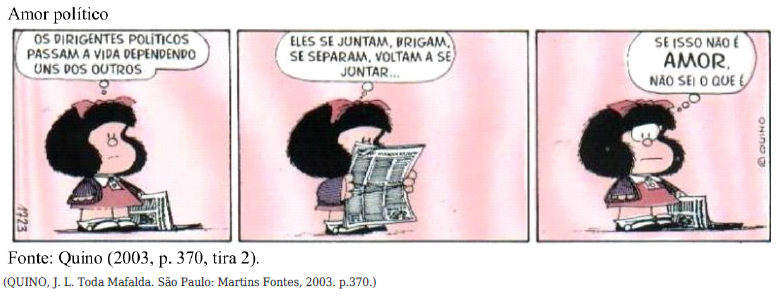A questão abaixo tomará por base o seguinte texto, Operations Management: Text and Cases – Marshall, Abernathy, Miller, Olsen, Rosenbloom and Wyckoff – pg. 18:
In any real case it is clear that the nature of the problem should focus your analysis. Instead, we have tried to show several steps that might be useful in an analysis. These steps are summarized below:
- Define the process. Determine the tasks and the flows of information and goods. Also, determine where it is possible to store goods in the process. This effort can be recorded in a process flow diagram.
- Determine the range of capacity for the process. This will require an analysis of each task and a comparison of how these tasks are balanced. In addition determine the effect of storage in the system on the capacity of tasks and flows. Inventories may allow the process to operate out of balance for some time, but in the long run the capacity of the process is limited by the capacity of its slowest task.
- Determine the cost of inputs (labor, materials, energy and capital) and relate these costs to the output (a good or a service). This will result in the calculation of the average cost of a unit of output or the marginal cost of a unit of output or both. Once this is done it may be possible to determine the value of the output in some market by comparing the cost, quality and timeliness of this output to the needs of that market.
